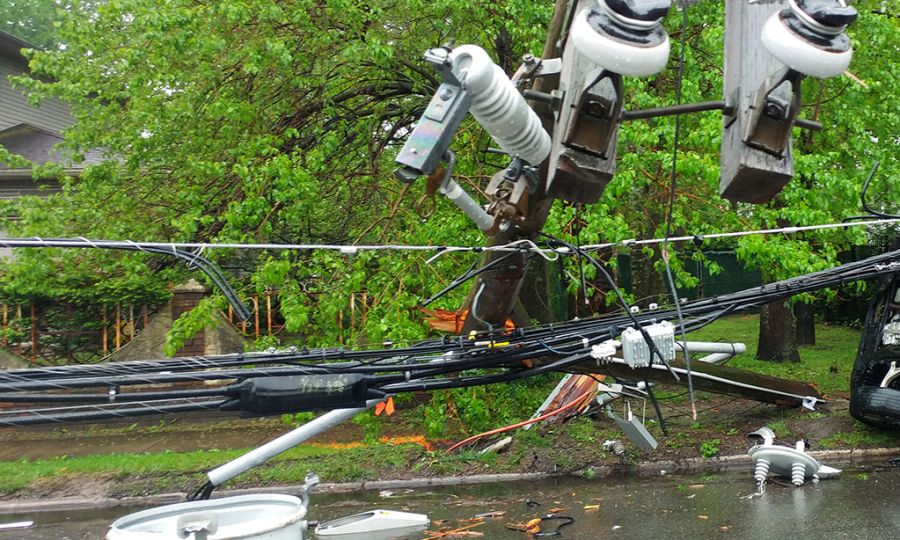

Spill Response Tactics using Situational Awareness
Effective spill response tactics begin with Situational Awareness. Situational Awareness is defined as “Knowing what’s going on, so you can figure out what to do.” One of the best ways to put it to use is through the OODA Loop.

Spill Response Tactics using OODA Loop
-
1. OBSERVE:
Is this simply an oil spill, or are hazardous chemicals involved? Which direction is the spill flowing? How fast? Is it raining or wet? Where are the storm drains, water bodies, or other environmentally-sensitive areas relative to the advancing spill? Can I get ahead of the spill, or has it already gotten ahead of me?
-
2. ORIENT:
Where is the best location to pool the spill? How can I steer the spill into the pooling area? How many filter diverter strips will I need? Should I deploy additional oil and sheen filtering materials in front of sensitive areas?
-
3. DECIDE:
Do I have the right tools to steer, pool, and filter the spill? Can I quickly access and deploy these tools? Can I do this alone or do I need to call for help?
-
4. ACT:
Perform the most important tasks first. Protect the drains and sensitive areas. Divert the spill to a pooling area. Build a filter berm around the pool. Steer sheen into secondary filtering speed bumps, sheen snags, and filtering pools. If time permits blanket the floating oil with filter pads or rugs.